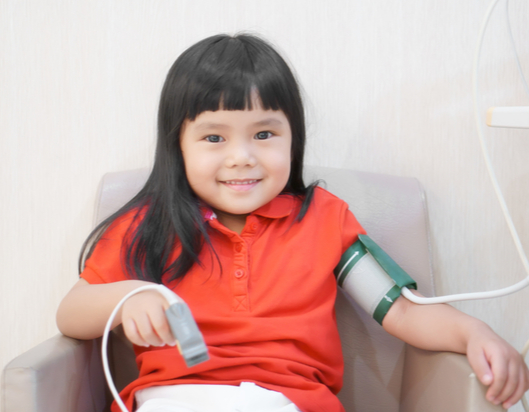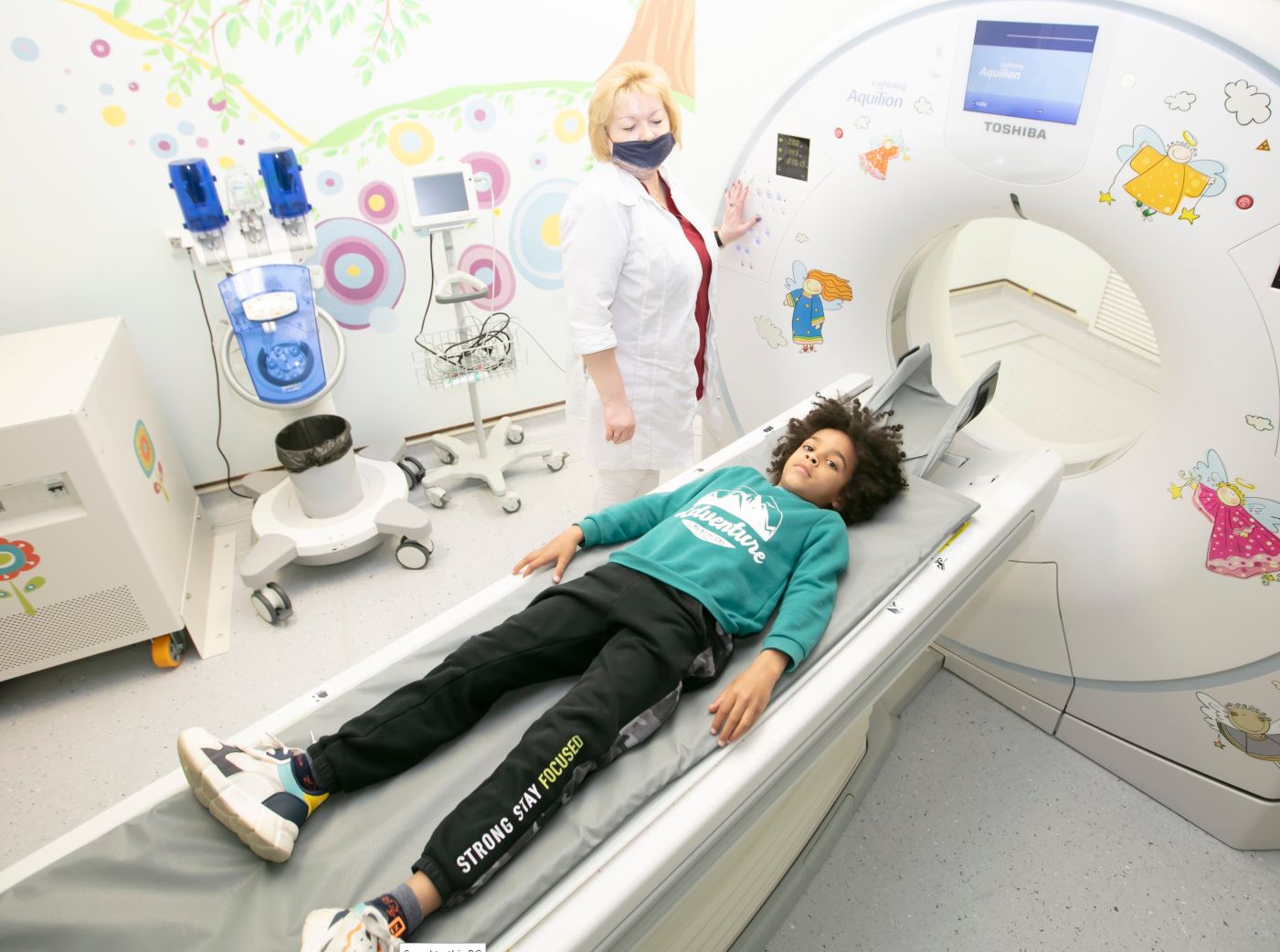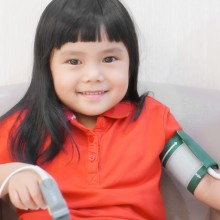Thrombosis

Thrombosis occurs when a blood clot forms in the blood’s circulatory system, stopping blood from flowing properly around the body.
Thrombosis in children can lead to serious lifelong consequences. Symptoms and severity depend on where the clot is located and its size.
Blood clots in the deep veins - the large veins beside arteries - in the arms or legs can cause painful swelling. In the lungs, clots can cause shortness of breath and chest pain, and blood clots in the brain can lead to stroke, which can result in long-term physical and intellectual disability.
MRI or CT scans identify blood clots in the brain, ultrasound diagnoses clots in the limbs while blood tests and several scans diagnose lung clots.
Thrombosis is treated with blood-thinning medications, though the dose and the way children respond to such medications may vary depending on their age.

Who does it affect?
Who does it affect?
- Thrombosis is less common in children than in adults, but it occurs more frequently in hospitalised children. Blood clots can occur at any age, including in young children.
- About one in 10,000 healthy, non-hospitalised children experience thrombosis.
- Children with other illnesses, such as heart disease or cancer, are at much higher risk of developing thrombosis.
- Risk of thrombosis is increased in children who are admitted to hospital. Thrombosis affects about one in 200 children in hospital.
Our thrombosis research
Our thrombosis research
We are unlocking how the blood clotting system works in children and improving understanding of the significance of blood clots in children.
We are internationally recognised for studies on differences between blood clotting systems of newborns, infants and children compared to adults.
We work closely with the Clinical Haematology Department at The Royal Children’s Hospital, and other RCH departments that look after children at high risk of thrombosis including the Paediatric Intensive Care Unit. We ensure newly approved blood thinning medications and blood tests work as expected before use in children.
Impacts of our research

Impacts of our research
- demonstrating major differences in blood clotting systems between children and adults
- showing that blood thinning medications have different effects in children than adults and that adjusting dose for weight is inappropriate for these medications
- a world first study that defined age-specific changes in the amount of blood clotting proteins in children, expanding our previous research that established these differences identifying that infants and children have fewer bleeding and clotting events
- establishing markers to diagnose and improve treatment for children with blood clots.
These findings help doctors understand why children have different risks of bleeding and clotting complications compared to adults and improve the use of blood thinning medications.
Our vision
Our vision
The haematology team at MCRI is committed to improving the prevention and treatment of thrombosis in children. This will help reduce complications from blood clots, improve health outcomes and contribute to treatments for thrombosis in children and adults.
Where to next?
Where to next?
The haematology team is working with multiple industry partners to ensure that a new generation of anticoagulants (blood thinning medication) - those in the early to final stages of clinical testing are used in children following extensive testing and using age-specific dosing protocols – provide optimal patient treatment and safety.




